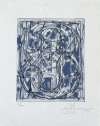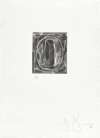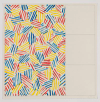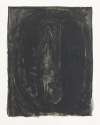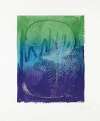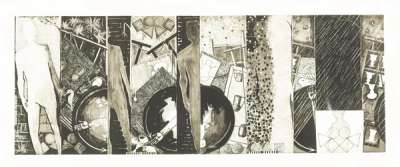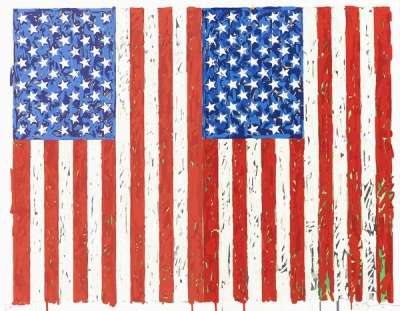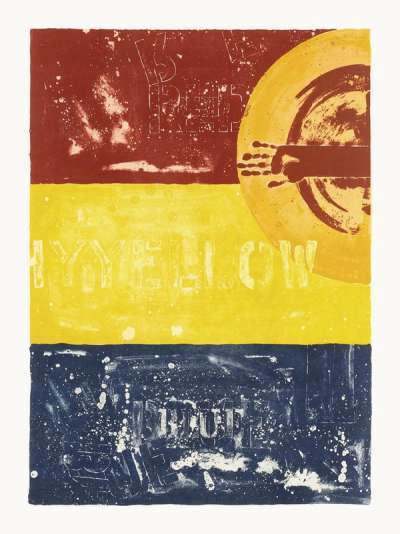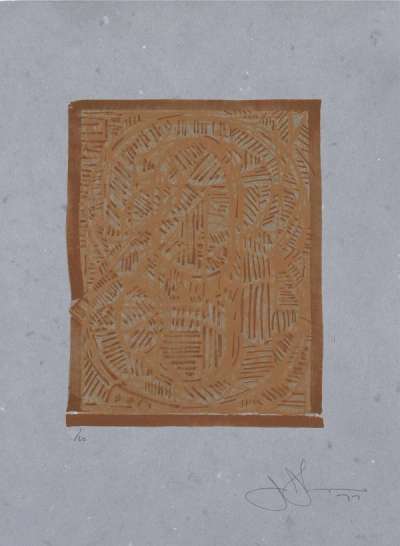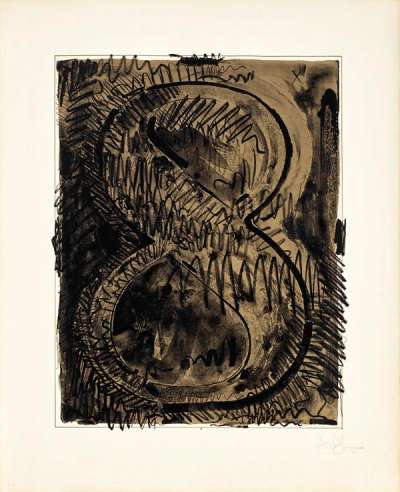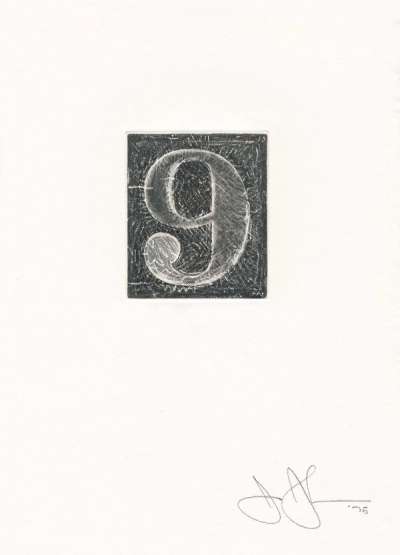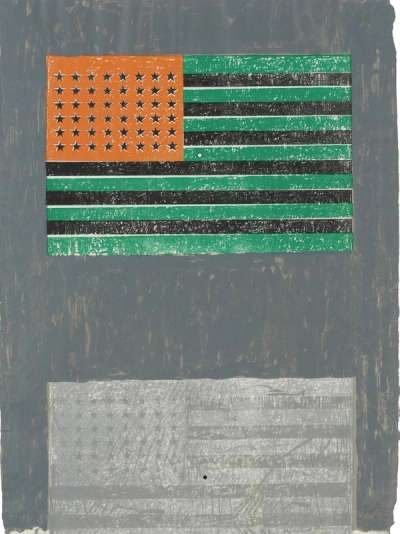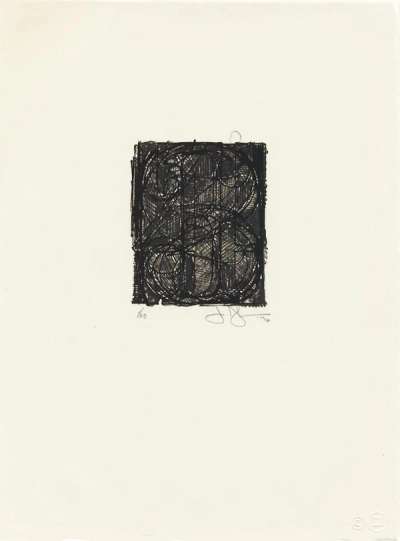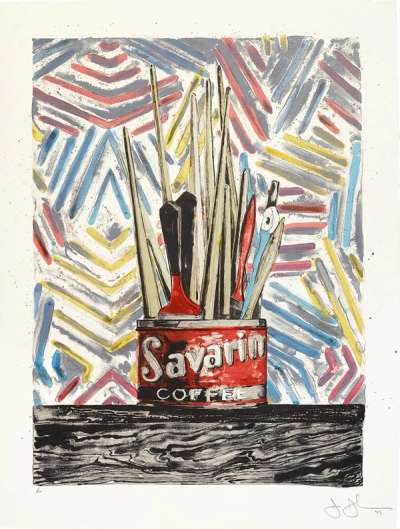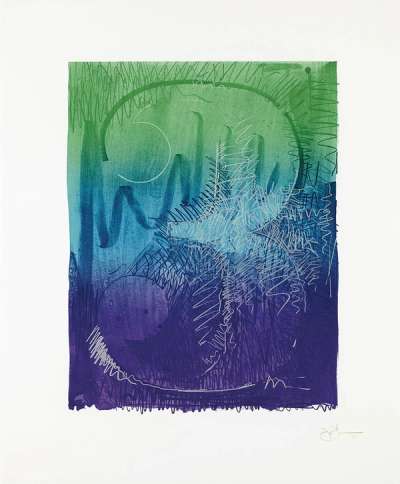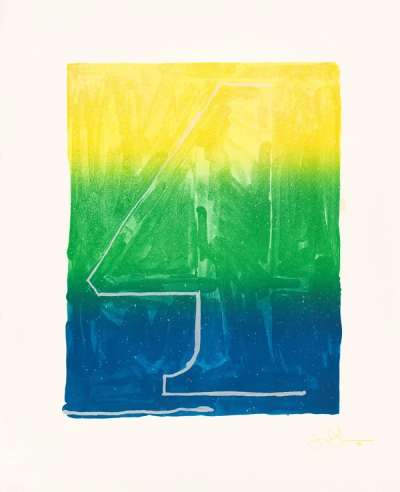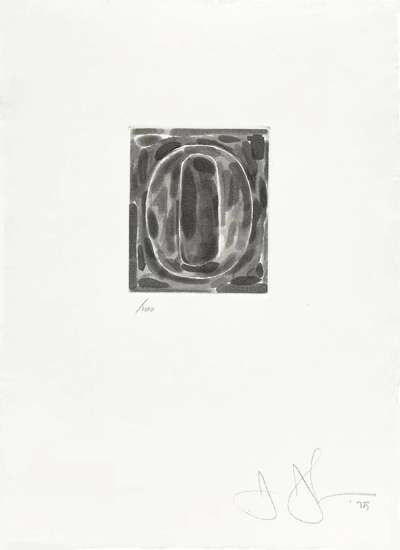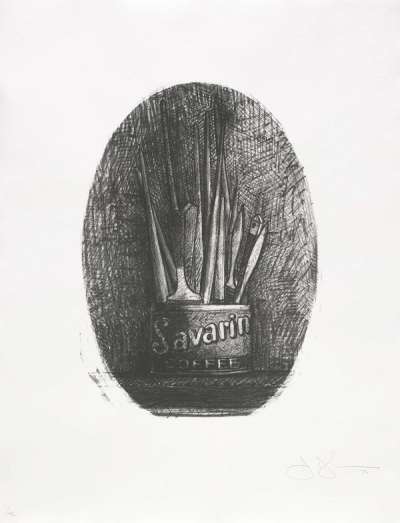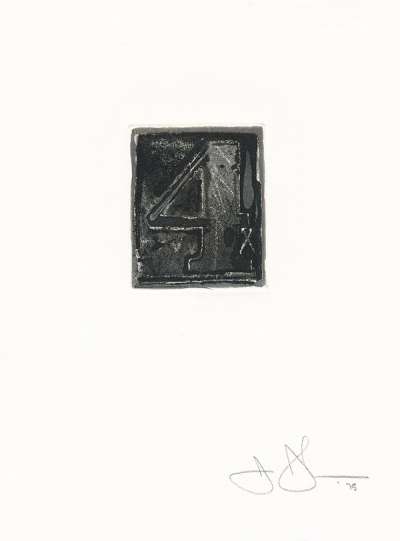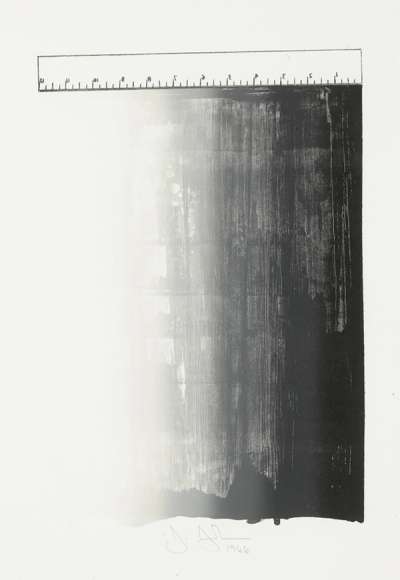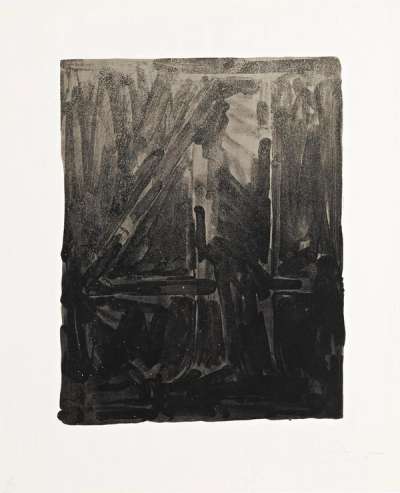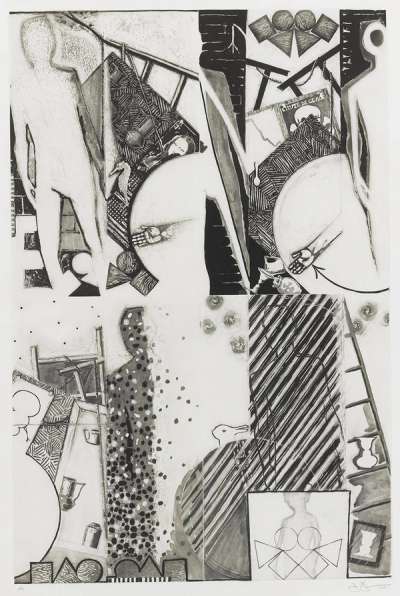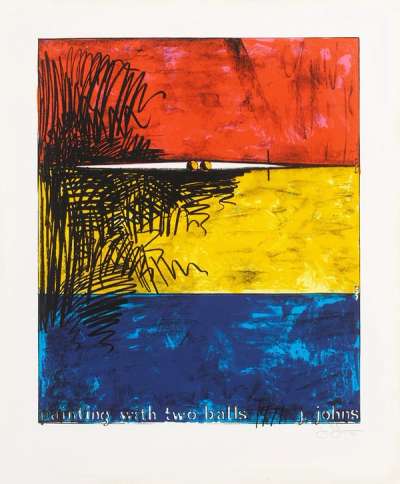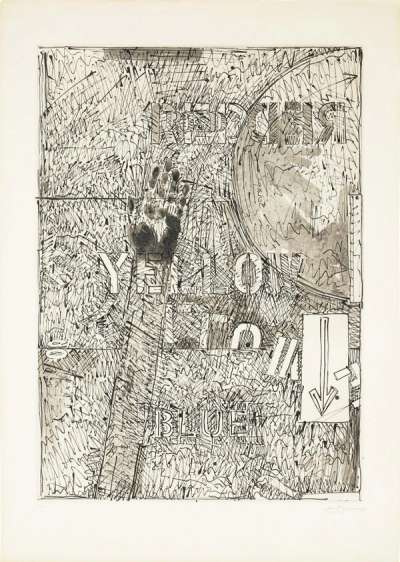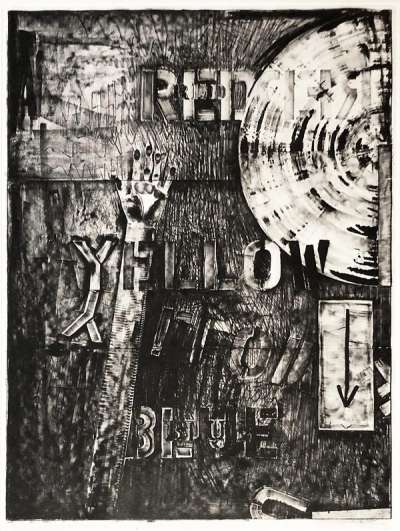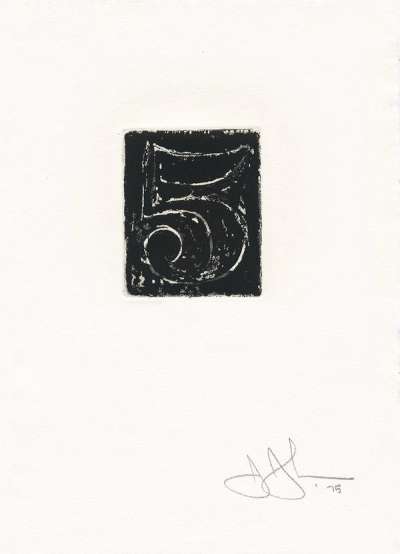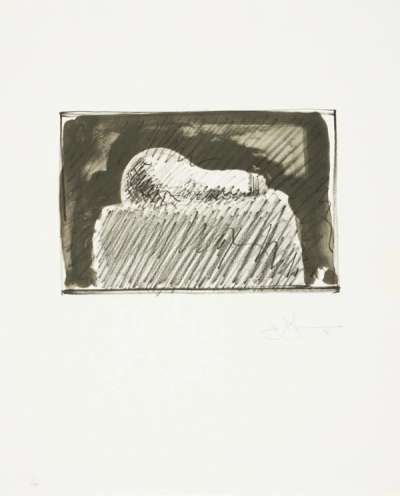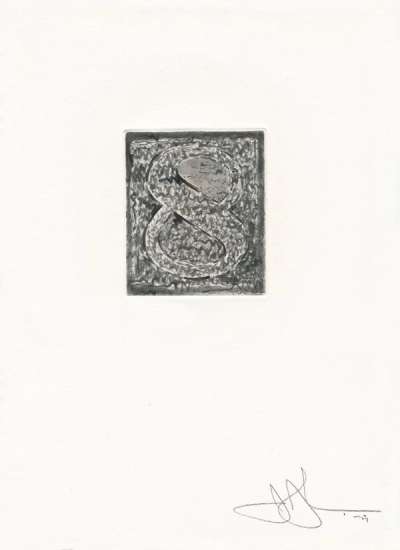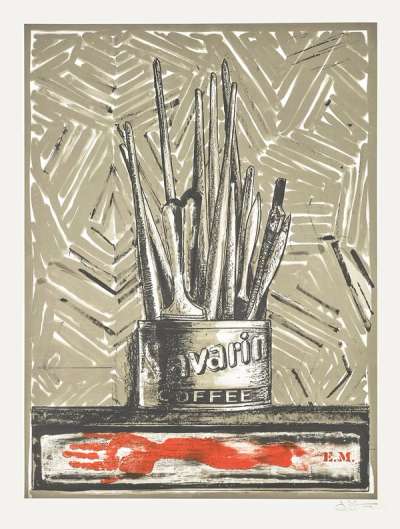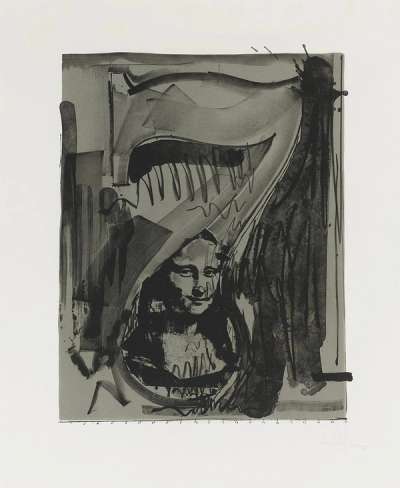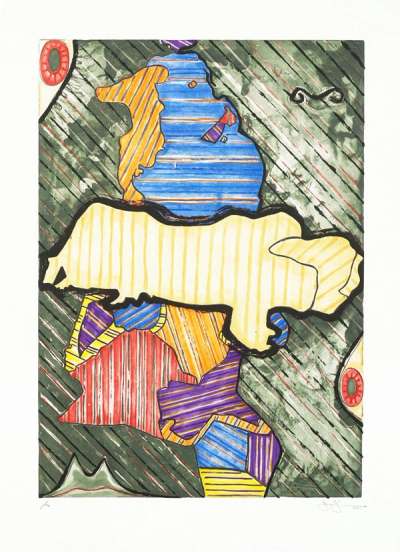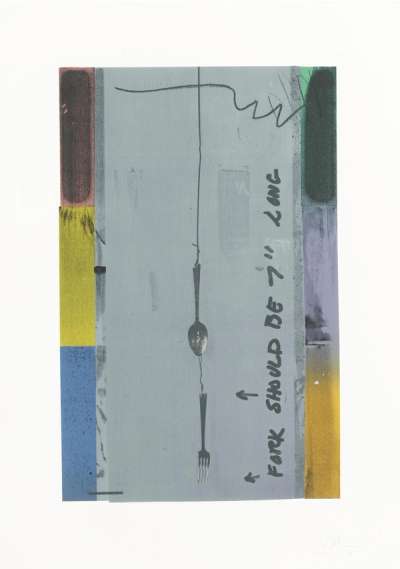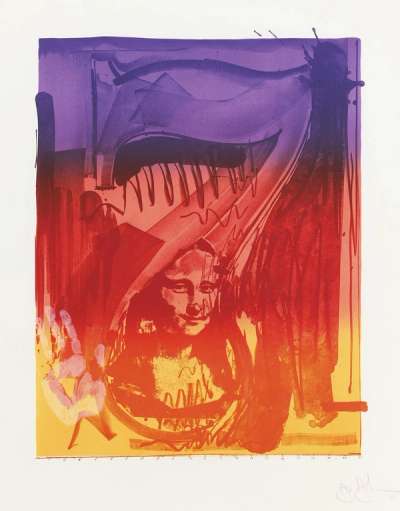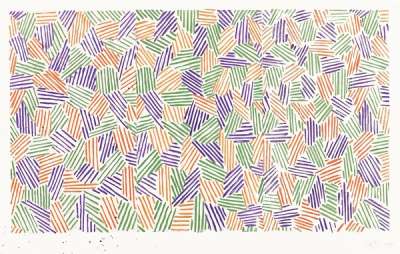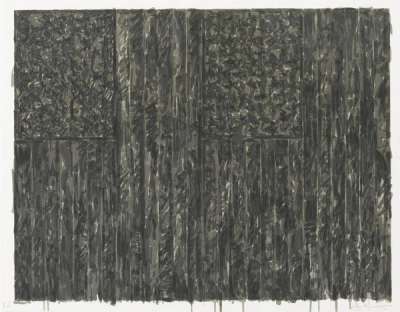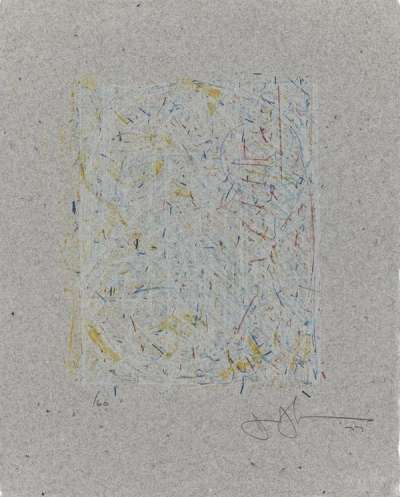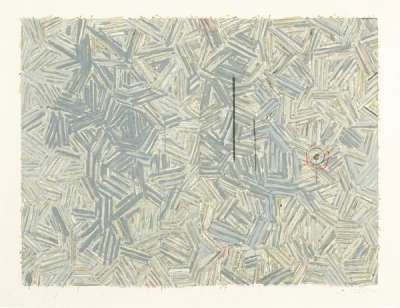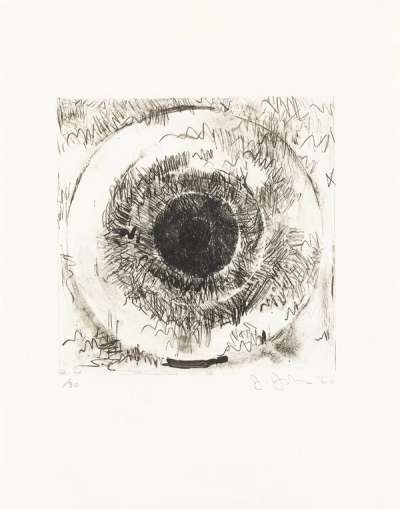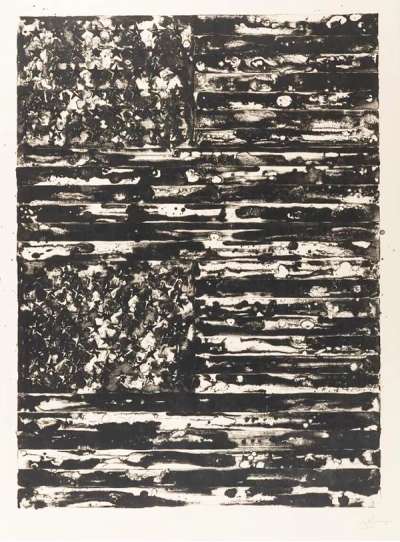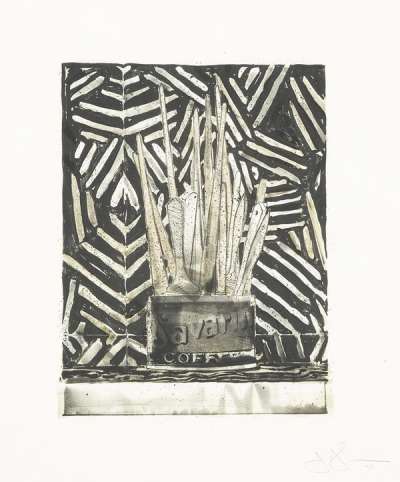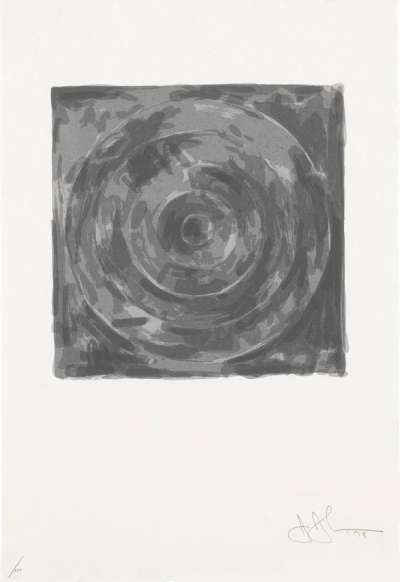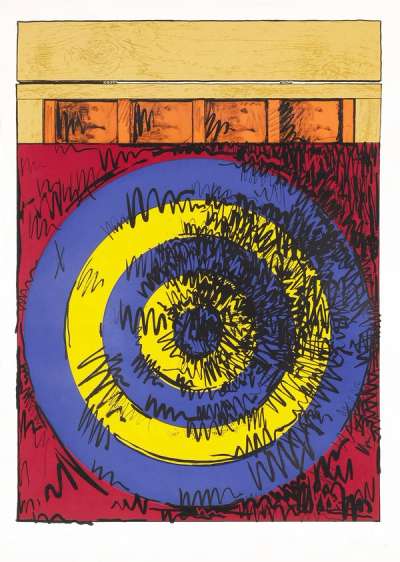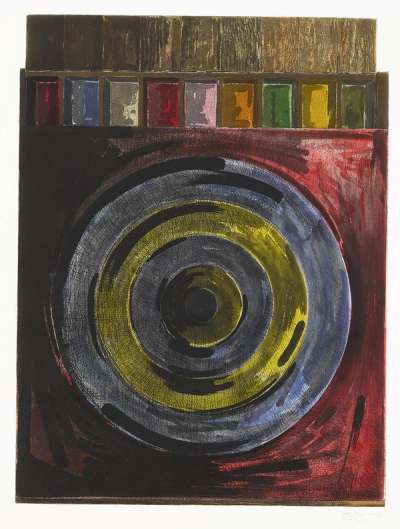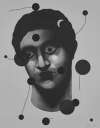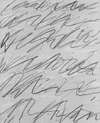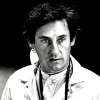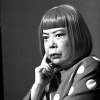Jasper
Johns
Jasper Johns is a prominent American multimedia artist who is best known for his depictions of flags. His innovative use of materials and exploration of symbolism have made him a central figure in contemporary art. If you’re looking for Johns original prints and editions for sale or would like to sell, request a complimentary valuation and browse our network’s most in-demand works.
Jasper Johns art for sale
Discover Jasper Johns prints for sale, exclusively available through our private network of collectors. Explore signed and unsigned screenprints, lithographs, digital prints, and rare editioned proof prints by era-defining blue chip artists.
Sell Your Art
with Us
with Us
Join Our Network of Collectors. Buy, Sell and Track Demand
Biography
Jasper Johns was born on May 15, 1930, in Augusta, Georgia. He grew up in South Carolina and had limited early exposure to art, but began drawing at age three. After moving to New York in 1949, he briefly studied at Parsons School of Design, and was drafted to join the army during the Korean War in 1951, having served for two years. Johns' early work was experimental, blending techniques and media, which later became a hallmark of his style.
Johns rose to prominence in the late 1950s with his groundbreaking Flag series, a departure from the abstract expressionism dominant at the time that catapulted him into the spotlight. Johns' focus on symbols like flags, targets, maps and numbers was not just a stylistic choice but also a deep exploration of themes like patriotism, identity, symbolism and the role of art in society. His technique, often using encaustic (a wax-based paint) combined with collage and the inclusion of tangible objects like newspaper, adds a textural and almost three-dimensional quality to his work.
Throughout the 1960s and 1970s, Johns continued to evolve and became more abstract and introspective, often incorporating elements of his personal life and emotions. In the 1980s, he began using a wider variety of materials. His later works are characterised by a complex layering of images and references, ranging from personal to the art-historical. Johns has been recognised with numerous awards and honours, including the Presidential Medal of Freedom. Johns remains a vital figure in contemporary art, continually provoking thought and redefining the boundaries of artistic expression.
Johns has stated that the only artworks he saw during his childhood were the landscapes done by his paternal grandfather’s first wife. Nevertheless, his stepmother often bought him supplies and encouraged his artistic habit, leading him to study briefly at the University of South Carolina before moving to New York City in the early 1950s after being encouraged by his professors. After his period in the army, Johns met Robert Rauschenberg, Merce Cunningham and John Cage, forming a collaborative circle that profoundly influenced his artistic development. Johns and Rauschenberg were a couple for the better part of a decade, a significant relationship that would shape and inspire many of their artworks. It was Rauschenberg’s studio that gallery owner Leo Castelli was visiting in 1957, when he first became exposed to Johns’ work. He immediately offered the latter a solo show, which was held in 1958 and featured eighteen artworks – sixteen of which were sold. Three of those paintings were purchased by Alfred H. Barr Jr., the founding director of the Museum of Modern Art (MoMA), and were the first works by Johns to ever enter a museum collection.
Following this meteoric rise, Johns began working with sculptures, which he would continue for the next several decades. He has also extensively experimented with prints, having created these utilising a variety of techniques including lithographs and screen prints. He now has his own printmaking studio at his home. Johns' influence extends beyond his artworks; he played a crucial role in the development of Pop Art and Minimalism, and his approach to art-making helped pave the way for Conceptual Art.
